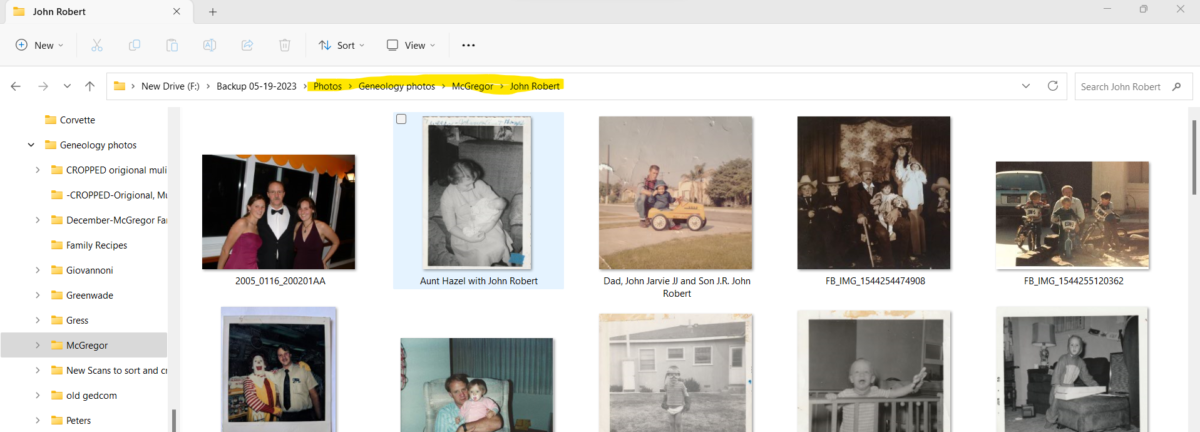As Americans I think we have this pride in our identify as Americans, a product of the “free” but an innate curiousity in WHERE we come from. Yet, so few people actually take the time to dive into researching their genealogy.
I find it baffeling. It’s not hard for most people to start, and the first couple of generations are generally easy…and it’s free. You do NOT need to spend a bunch of money on Ancestry.com (although it’s a useful site, and free when used inside many public libraries)
My favorite place to start is at www.familysearch.org
It’s a free website and since it’s hosted by the LDS church, it’s likely to be around for a long time.
Once you have the basic tree started, most genealogy sites will start prompting and suggesting sources and family members.
Now this is where it gets exciting, but take it slow and double check dates and names before attaching sources or unkown people to your family tree. It can become super overwhelming quickly if you attach everything to your tree, only to find out you were attaching someone else’s ancestor with the same name but a different birthdate (or in a different country) to your tree. Just take your time and verify.
What do you do when you hit a wall?
-Visit with family and ask for names, dates, photos and documents to research or digitize.
-Visit the family cemetary plot and use the names and dates for further research.
-Google any unusual names in your family tree. I’ve found unexpected results this way. I was googling Aladino Giovannoni and found a distant cousin had interviewed my Great Grandfather about his dad and grandfather immigrated from Italy. I made a rookie mistake. I copied the text, but I didn’t save the web address OR who posted it.
-Digitize and organize photos. If you pay attention to details you can often find clues to research, My grandfather’s photos revealed images of him stationed at a previously unknow station.
-Document details. You might not be interested in your grandfather’s tatoos, but your family members might not, and they can actually be helpful with some military details, like identifying units.
Tips
-Save everything
-Label/name Everything, especially pictures with who is in the photo and who gave it to you
-Create an organization system that is logical and easy to maintain/keep track of
-Remeber with genealogy a woman is organized under her maiden name.
-Negatives are more valuable than photos….to most people this isn’t intuitive, but negatives contain more information and higher quality than a photo. Any scanner can handle negatives with an adapter.
-Almost all scanner/printers can handle photos with the correct settings
-If you are dealing with hundreds of photos, a high quality photo scanner with a feed tray specifically for photos can save you so much time and effort, generally even this specialized equipment is under $400
Here’s a sneak peak at my simple organization. All associated media is organized in a genealogy folder on my hard drive. Then each photo is organized based on who is in the photo. Genealogy>Last Name>First Name. The photo is named based on who is in the photo, back row to front, left to right.

If you f